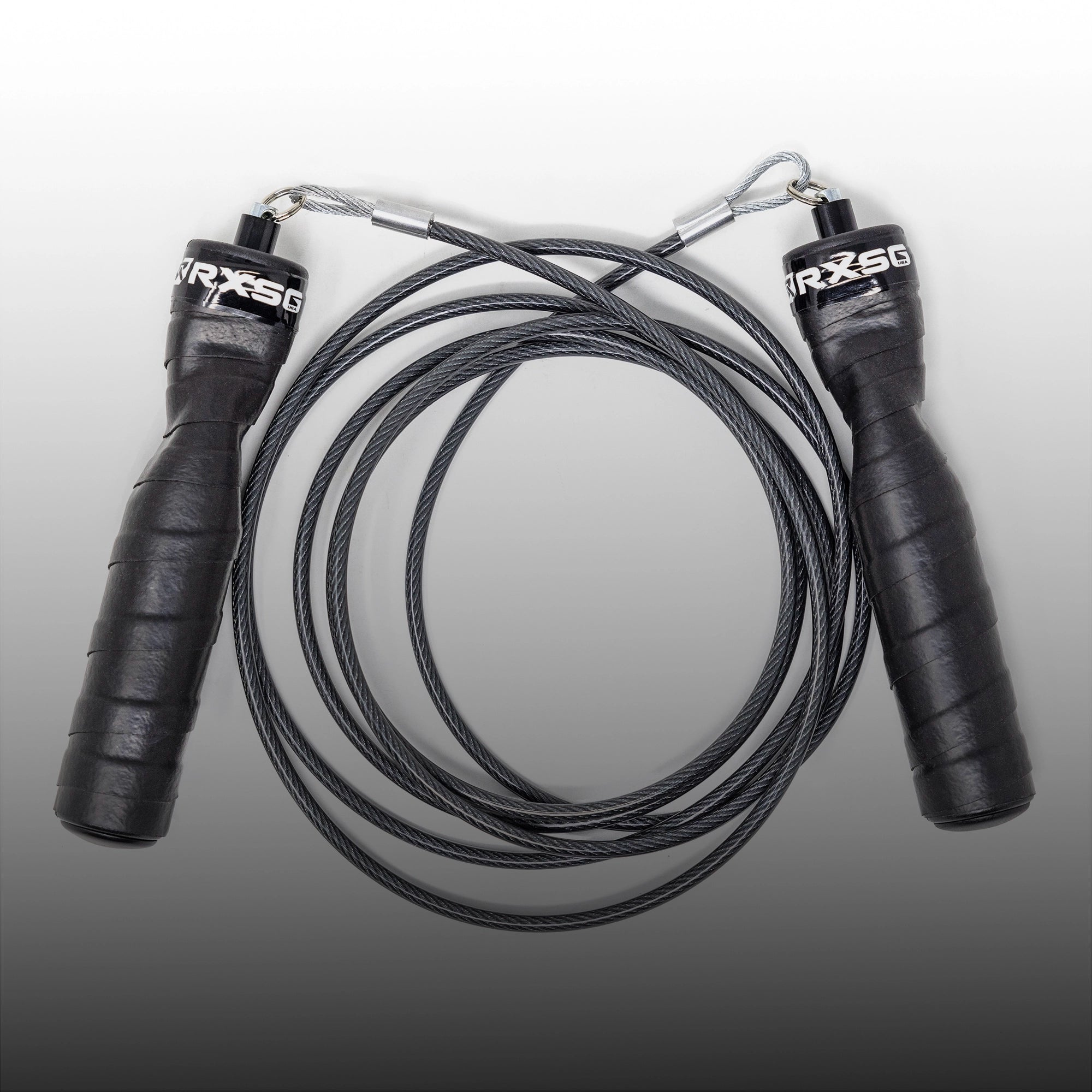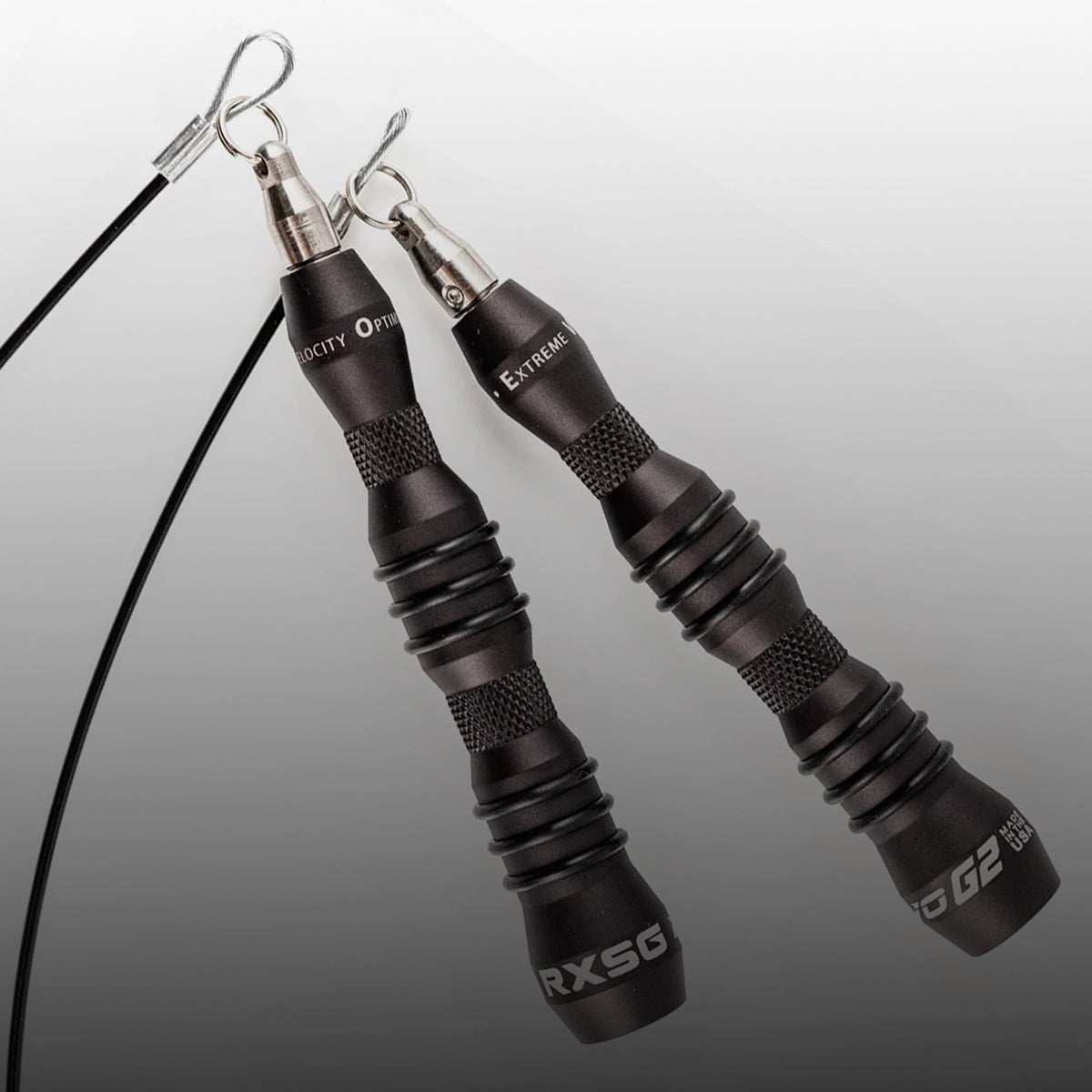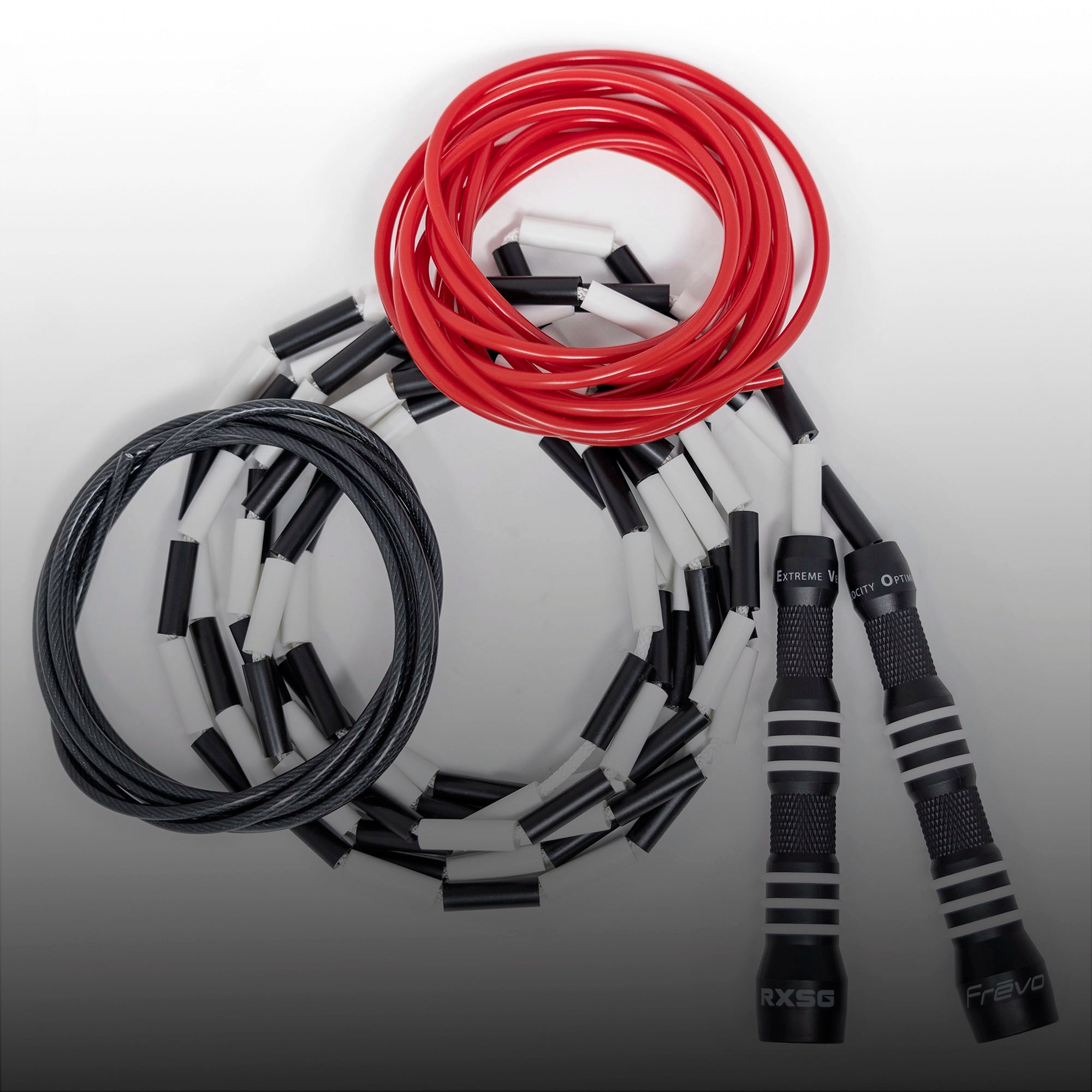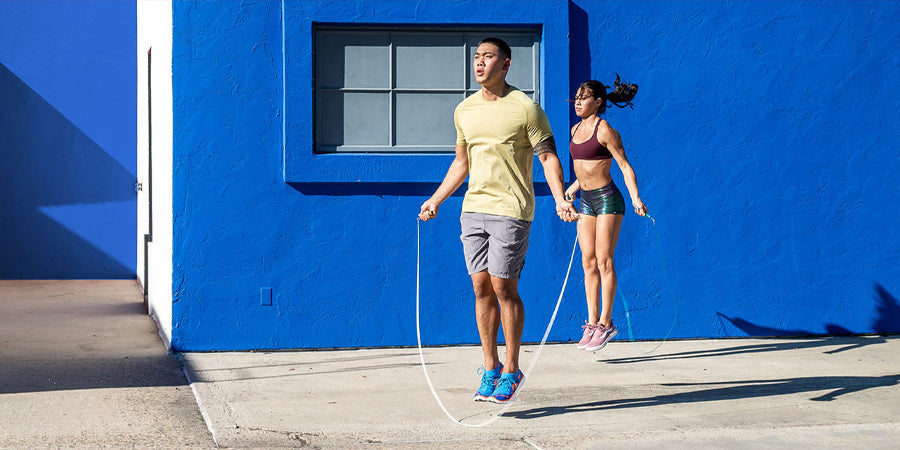Jumping rope is tremendous fun and good exercise at the same time.
It’s a great way to exercise the whole body without running through busy city streets or spending hours plodding on the treadmill.
Unfortunately, jumping rope can lead to shin splints and other injuries, disrupting your workout schedule. Pain in the front lower legs caused by heavy physical activity can lead to inflammation and weakness.
For some, shin splints – also called medial tibial stress syndrome – can cause significant discomfort and prevent any form of exercise. Evidence shows that they account for a high number of running injuries but can affect people who love jumping rope too.
Fortunately, this article is here to help. We discuss some of the best strategies to prevent shin splints and injuries while jumping rope. With these, you can go into rope-jumping sessions with more confidence. We then discuss treatment and recovery if you already have shin splints, helping you return to training faster.
As a beginner, it’s easy to make mistakes when jumping rope. However, this guide should enable you to avoid the most common problems and jump rope safely.
FEATURED PRODUCTS
Prevention: The Best Strategies to Avoid Shin Splints and Injuries while Jumping Rope
So, how can you avoid shin splints and other injuries while jumping rope?
Surprisingly, the answer is “quite a lot.” While some people are more susceptible to shin splints than others, everyone can benefit from the following preventative strategies.
Choose The Right Shoes And Socks
First, choose the right shoes and socks. Some evidence suggests that people with rigid plantar arches are at a higher risk of developing shin splints. However, you can significantly reduce your risk by wearing shoes with the proper arch support that can absorb shock.
At the same time, socks should be breathable, moisture-wicking, and comfortable. Loose or worn-out socks may increase your risk of injury.
Warm Up Properly First
Another strategy to reduce your risk of shin splints while jumping rope is to warm up your muscles, joints, and cardiovascular system before starting the exercise. Increasing blood flow and oxygen to the tissues makes them more robust against impact and may delay or eliminate the development of injury and inflammation.
How you warm up is up to you, but it should be low-impact. Good options include:
CYCLING | KNEE LIFTS | LEG CURLS | ELLIPTICAL MACHINE | ANKLE CURL | LEG STRETCHING
You can also jump rope gently for a few minutes at a low intensity.
Getting used to the rhythm and technique reduces the risk of jarring later.
Switch Up The Intensity
Another strategy is to adjust the intensity of your rope-jumping sessions. Hitting the body differently and keeping it guessing can help you avoid injury.
You can vary the intensity of rope jumping along several dimensions. Changing jumping sessions’ duration, speed, and frequency may be beneficial.
For instance, you might perform an intense workout on Tuesday and follow it up with a lighter one on Friday. Cycling at a high intensity level may reduce the risk of injury and give your body time to rest and repair between sessions.
You can also try varying your jumping style. For instance, alternating between fast and slow or high and low jumps can help some people. You can also experiment with shortening or lengthening your jumping exercises based on feedback from your body.
Taking rest days between sessions improves recovery. Beginners need to give their shins time to heal before the next session.
Use a Soft, Even Surface
Another pro tip for avoiding shin splints while jumping rope is to jump on a soft surface. Mats can reduce the impact on the lower legs, while hard surfaces increase the energy the shins need to absorb.
If you are prone to shin splints, don’t jump rope on gravel, asphalt, concrete, or hard dirt. Instead, choose something softer, like a wooden floor, a rubber mat, or grass. These surfaces absorb more of the impact, leaving yo






Leave a comment
This site is protected by hCaptcha and the hCaptcha Privacy Policy and Terms of Service apply.